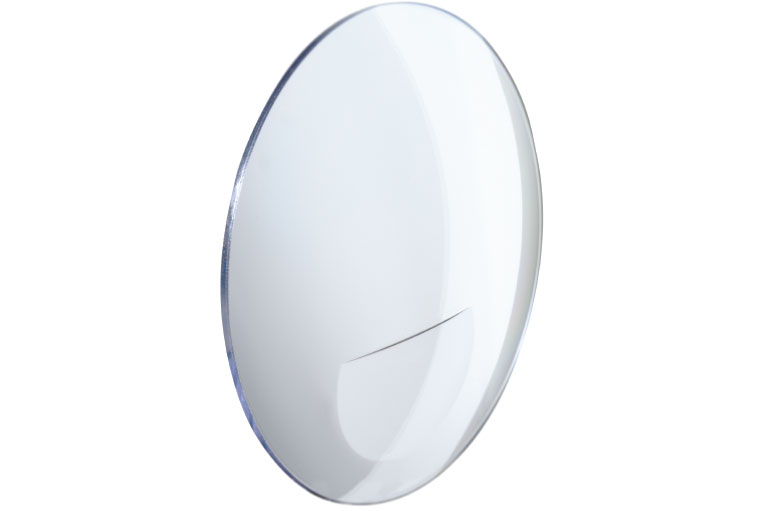Understanding your vision
Read about the differences between progressive lenses and multi-focal lenses to decide what’s best for you


Three types of lenses are typically prescribed for individuals with presbyobia. Bifocals are lenses that contain two lens powers, while trifocals have three. In bifocals, a small portion of the lower part of the lens contains the optical power you need to correct your near vision. This is called the near segment. Trifocal lenses include an additional ribbon-shaped segment directly above the near segment. The power of this section is used to see objects in your immediate zone of vision, or about 18-24 inches away. The rest of the lens is used for distance vision.
Sometimes called “no line bifocals”, progressive lenses offer the same areas of correction without the visible lines found on bifocals or trifocals. Other than the cosmetic appeal, progressive lenses allow a more natural correction for those who need help seeing both near and far distances. Instead of having just two or three lens powers, progressive lenses provide a seamless transition between different vision powers and avoid an “image jump” – or how images appear to move as your eyes pass between the near and far areas of a bifocal or trifocal lens. Adjusting the position of your head lets you see all three ranges and transition smoothly between near, immediate or far distances.


Ultimately, your doctor or eye care professional will guide you to the appropriate solution based upon your individual need and prescription. Correct fitting of bifocals and trifocals is important for comfortable viewing or the need to move your head up or down. While progressive lenses give a more natural and favorable viewing experience, many first time wears need some time to adjust to progressive lens style.